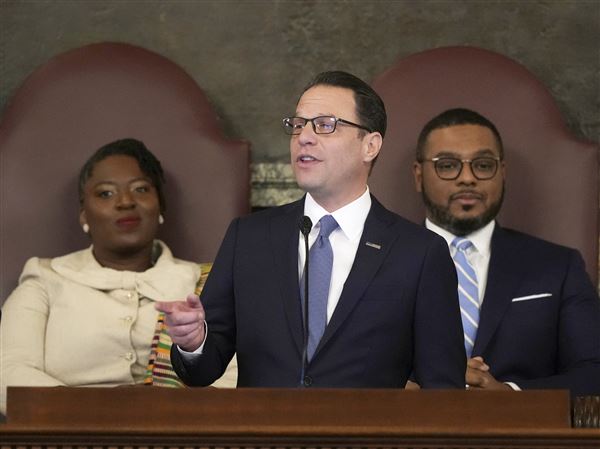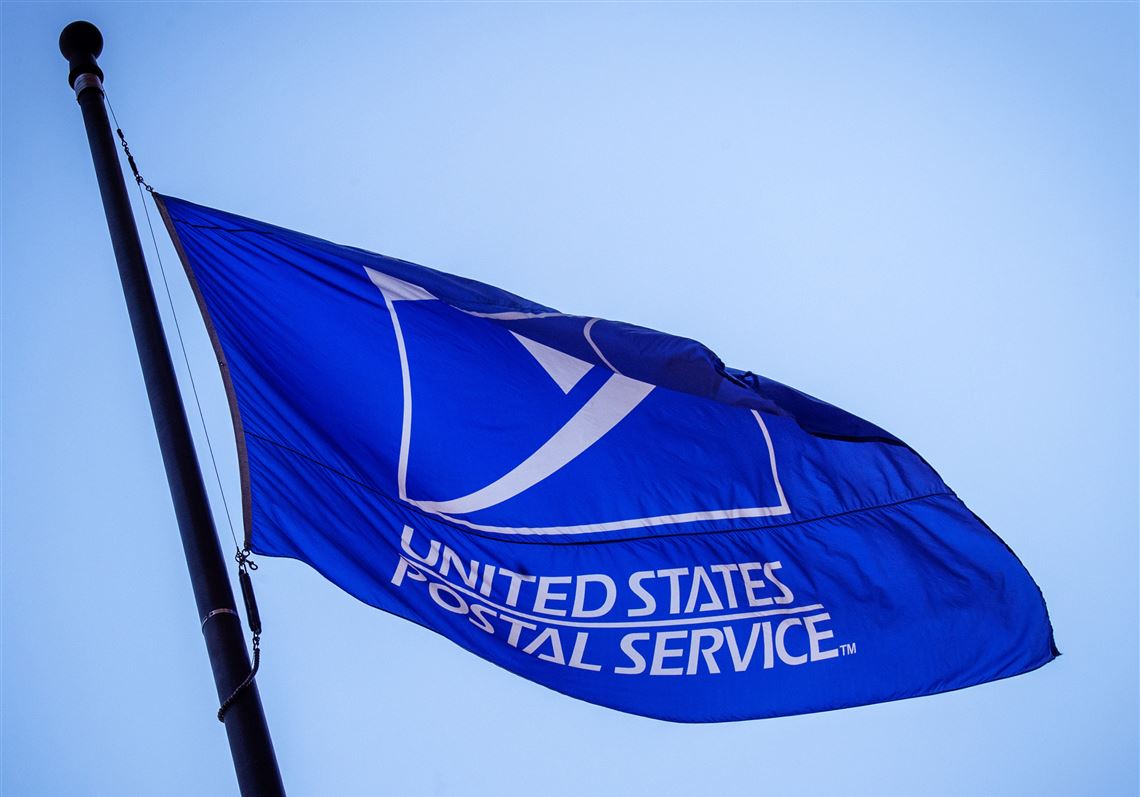While increasing U.S. financial inclusion and improving U.S. Postal Service financial stability are important objectives (April 29 editorial, “Banking at Post Offices”), postal banking would accomplish neither.
For one, the postal service’s footprint is insignificant compared to existing financial institutions. The nation’s roughly 31,000 post offices fall short of its more than 157,000 financial institution branches and 470,135 ATMs — undermining postal banking’s case for expanding inclusion.
Further, the postal service’s poor financial condition, government subsidies, and significant outstanding debts suggest it is ill-equipped to handle financial services. The Government Accountability Office says USPS lost $87 billion over the past 14 years with an unsustainable business model. Adding deposit-taking and lending would only place taxpayers at further risk.
Finally, last year’s USPS discussions with JPMorgan Chase indicate postal banking would just end up involving a too-big-to-fail financial institution. Ultimately, this would displace community banks and further the trend of banking industry consolidation, which harms local communities.
Policymakers could more successfully expand access to financial services by bolstering community banks, which already serve 97% of low-income and economically distressed counties. Specific proposals include regulatory relief to promote new bank formation and minority depository institutions as well as targeted tax reforms to support rural lending.
Postal banking would have a limited effect on financial inclusion while exacerbating USPS deficits and putting taxpayer funds at risk. Utilizing institutions already dedicated to promoting financial inclusion would be more successful.
KEVIN L. SHIVERS
President and CEO
Pennsylvania Association of Community Bankers
Harrisburg
First Published: May 4, 2021, 4:00 a.m.















